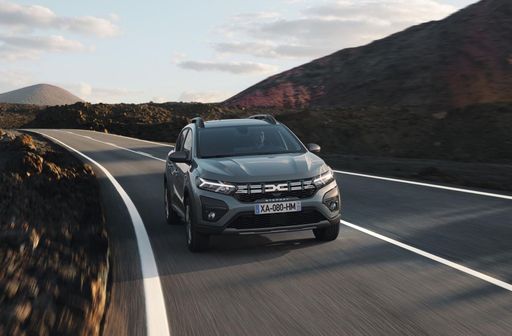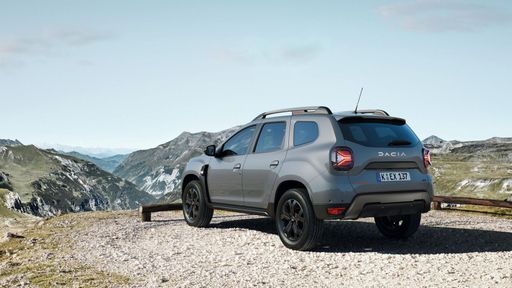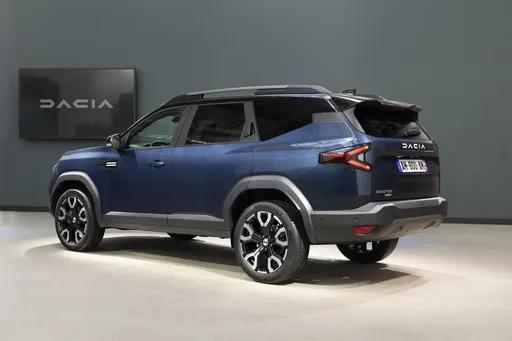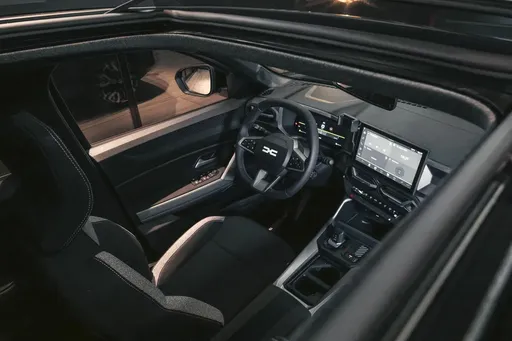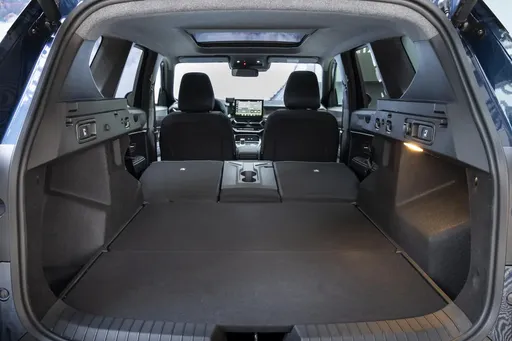Meet the Contenders: Dacia Duster vs Dacia Bigster
In the landscape of affordable SUVs, Dacia has carved out a substantial niche, offering models that blend practicality and value. In this edition, we dive into an exciting comparison between the Dacia Duster and its larger sibling, the Dacia Bigster. Both are noteworthy representatives of Dacia's current lineup, showcasing a mix of reliable performance and innovative features. But how do they stack up against each other? Let's explore.



